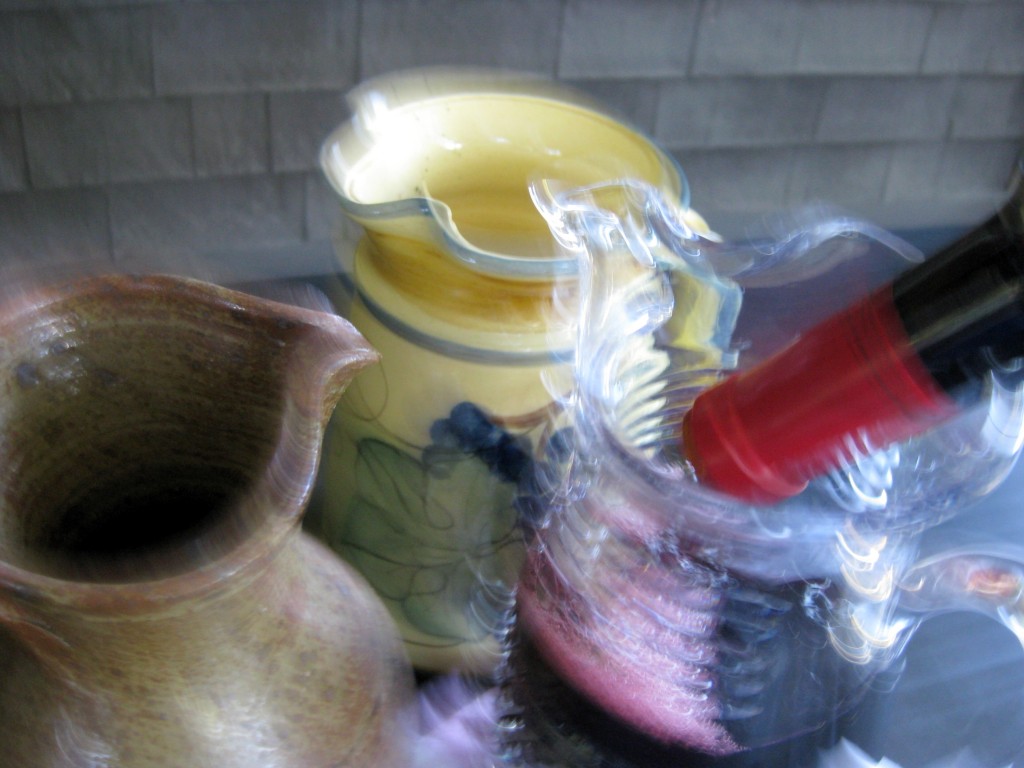 Decanting wine conjures visions of cobwebby bottles, guttering candles, crystal goblets, and white-gloved butlers. Performed primarily to relieve wines of sediment, the technique that’s known as the soft decant once involved all this and a good deal of practiced skill to boot.
Decanting wine conjures visions of cobwebby bottles, guttering candles, crystal goblets, and white-gloved butlers. Performed primarily to relieve wines of sediment, the technique that’s known as the soft decant once involved all this and a good deal of practiced skill to boot.
Today the soft decant is less frequently seen, since (1) we tend to drink wines long before tannins have had time to polymerize and fall out of solution (one source of sediment); (2) fining and filtering are more widely practiced, making “cleaner” wines; (3) young, vibrant wines aren’t likely to be damaged by sudden exposure to oxygen as long-aged wines might be.
Modern wines are more likely to come out of the bottle oxygen-starved (the term you’ll see is “reductive”) than otherwise. Such wines can take a while to be as expressive as their character permits. A little air will often bring them around, as inventors seem to have learned. All manner of gear have appeared promising to make your wine more readily drinkable. But if aeration is the key to more immediately expressive wine, why not just apply yourself to the virtuous art of the hard decant?
Everything you need and everything you need to know to perform the manoeuvre is visible in the photo above: an open bottle of wine, a roomy pitcher of no particular configuration (any of the three shown would do the job – and have); a tea towel, dish towel, or napkin. The visual cues to good technique are in the blur and the foam: the result of thrusting the neck of the bottle deep into the pitcher and letting the wine wantonly gurgle, splash, and swirl. The more action the better. It shouldn’t take more than a few seconds.
The towel is there to help you do a little mopping up afterward – just in case your butler has the night off.